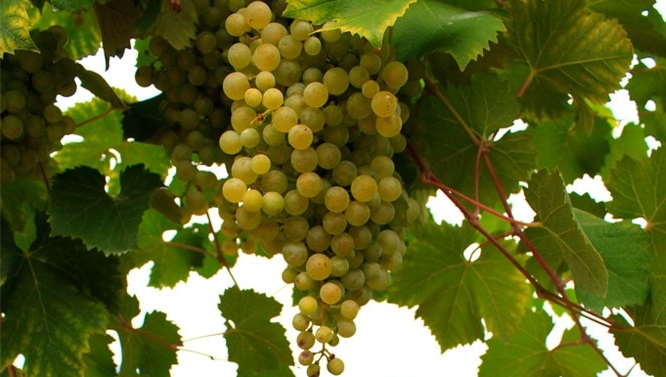Italian Grapes
Glera

Glera is a white grape most famous for its use in the sparkling wine Prosecco.
Friuli-Venezia Giulia and Veneto are the regions that can produce Prosecco.
Prosecco must be made with at least 85% Glera.
Glera Flavors
Yellow fruit such Apple, Pear, Peach and Melon are typical Glera flavors.
Apple |
Pear |
Peach |
Melon |
Region Veneto
The most famous white wines from the region are Soave and the sparkling Prosecco.
The most famous red wines are Amarone and Valpolicella from the Valpolicella Wine Region.
Black Grapes |
White Grapes |

11% Corvina |

27% Glera |

Veneto is home to some incredible DOCG wine regions:
- Amarone della Valpolicella DOCG
- Asolo Prosecco DOCG
- Bagnoli Friularo DOCG
- Bardolino Superiore DOCG
- Colli di Conegliano DOCG
- Colli Euganei Fior d’Arancio
- Conegliano-Valdobbiadene Prosecco DOCG
- Lison DOCG
- Montello Rosso DOCG
- Piave Malanotte DOCG
- Recioto della Valpolicella DOCG
- Recioto di Gambellara DOCG
- Recioto di Soave DOCG
- Soave Superiore DOCG
Soil |
Climate |

Calcareous. |

Mild Continental |

